Creepy, dying stars, look like the door to the underworld
Author:Astronomy online Time:2022.08.10
NASA released the image of the "dying" star CW Leonis shot by Hubble
As Halloween arrived, the long -term Hubble Space Telescope captured a creepy image of a star surrounded by cigarettes.
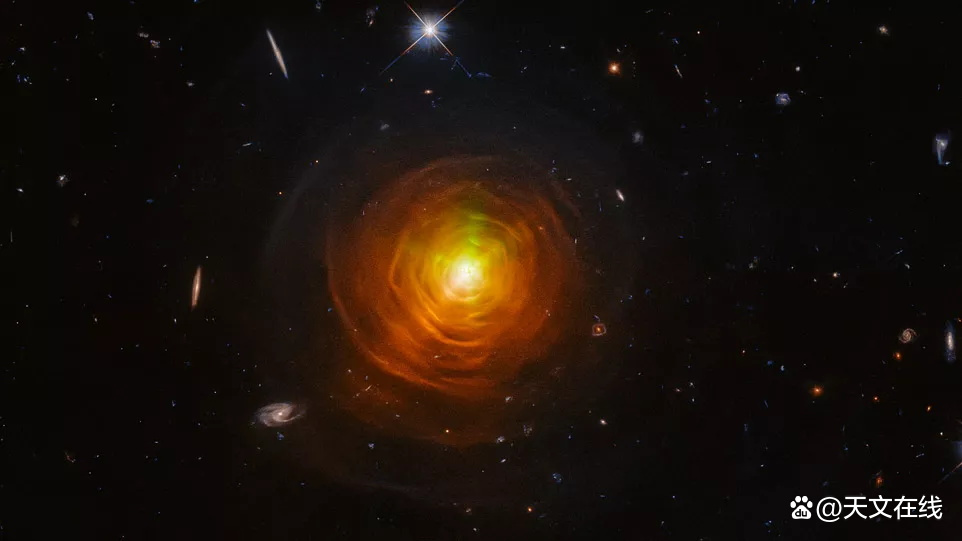
(Image source: ES Bureau/Hubble, NASA and TOSHYYAUETA (Denver University), Hyosunkim (Kasi)
This star is an ancient red superstar called CW Leonis, which seems to be embedded in an orange spider web. This photo shows that the solar beam penetrates the cigarette carbon around the star, but the fuel is exhausted. This orange -red "spider web" is the dusty carbon cloud that swallows this dying star. The carbon cloud is thrown out of the outer layer of the CW Leonis star and scattered into the dark void. These carbon deforms through the nuclear cluster inside the star, which has a carbon -rich atmosphere. Frying carbon back to space provides raw materials for the formation of future stars and planets. All known lives on the earth are established around carbon atoms, and complex biomolecules are combined by carbon atoms with other common elements in the universe.
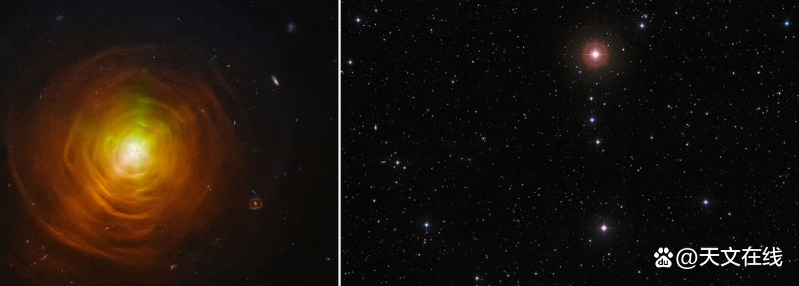
During the evolution of the star, when the hydrogen fuel in the core of small and medium -quality stars is exhausted, the outward pressure of the balanced gravity squeezing the core will lose balance and cause the star to begin to collapse. As the core collapses, the plasma shell around the core becomes very hot, and the hydrogen began to fuse, and it produces sufficient calories, which expands the outer layer of the star, and turns it into a swollen red superstar. At this stage of life, the stars sprayed a large amount of gas and dust out of space, and eventually abandoned all their shells. The situation of the carbon star CW Leonis in the photo is also the case. This process makes the stars surround a thick layer of gas dust surrounded by a dense gas.

NASA wrote in a statement: "Carbon is formed at the core of the star and is a waste of nuclear fusion." He also pointed out that due to insufficient fuel supply, CW Leonis is spraying coal ash filled with carbon.
NASA continued to say. "Anyone with a fireplace knows that the smoke is annoying, but the carbon sprayed to space provides raw materials for the formation of future stars, planets, and even life. On the earth, complex biomolecules are carbon atoms and other common commonly common. The form of element combination. "Most stars in the universe are mainly composed of hydrogen and sorbe elements, while the CW Leonis star is rich in carbon and oxygen. When the Hubble telescope just discovered the CW Leonis star, scientists It was believed that there may be planets similar to the earth's ecology around this star.
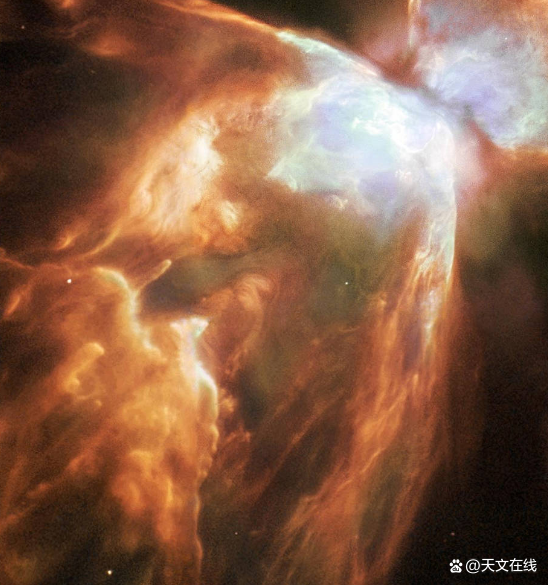
Scientists believe that if there is a livable planet in the CW Leonis star system, the life on the planet is also a life form of carbon element, and the CW Leonis star is more time to form earlier than the sun. Earlier, today's CW Leonis star is already in a very unstable state. The constantly erupting star material has already destroyed any lives on the surrounding planets. Although no life planets are found around the CW Leonis star, we may be able to obey The evolution of the CW Leonis star found the evolutionary route of the sun.
CW Leonis is the carbon star closest to the earth. It is about 400 light years from the earth. It is about 100 times that of the most recent star system half -person Masa. This star is in the later stages of life, and it has merged hydrogen in the core like the sun to the outer layer.
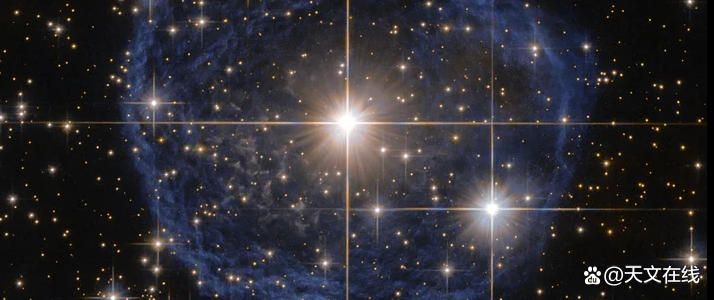
NASA stated that this stage of Red superstar's life gave it a "second lease"; studying these stars can also allow us to predict how our sun will perform in his old age in his old age. The sun is temporarily fused at its core, but later in the future, it will exhaust hydrogen and stars will begin to collapse. When the outgoing pressure of the "furnace" from the core of the core is balanced with the extrusion of gravity, a star will glow.
When the hydrogen fuel of the stars is exhausted, the continuous pulling force of gravity causes the star to collapse. With the shrinking of the core, the shell shell around the core becomes hot enough, and the hydrogen began to integrate hydrogen to enable the stars to get a second life. It produces the heat to expand the outer layer of the star and expand into a "bloated" red superstar. In the end, the overheated gas around the plasma or the core of the core will be heated, allowing the hydrogen fusion to be on the outer layer again. Before the ability of the solar is ultimately exhausted, the gas layer is off, leaving a cooling core called a white dwarf.

Because the distance between continuous wave CW Leonis is relatively close to us, astronomers can conduct a very detailed inspection of it to learn more about how stars interact with the environment. Then scientists can infer results to more distant stars, and Hubble may see details that are more difficult to discover.
In the past 20 years, Hubble has conducted several studies on this star. "The internal structure of the complex shell layer and the arc may be formed by the magnetic field of the star. Hubble's detailed observation of continuous wave Leo has also shown the expansion of the line pattern sprayed around the stars in the past 20 years. Astronomers have the opportunity to understand the interaction between this star and its turbulent bag. The complex internal structure of the shell and arc may be formed by the magnetic field of the star. In the past 20 years Observation also shows the expansion of the material line around the star. The bright beam that radiates outward from CW Leonis is one of the most noticeable features of this star. From the perspective of astronomy, this is an incredible short time. Astronomers speculate that the dust gap shrouded in CW Leonis may allow star beams to penetrate and illuminate the dust, just like the probe lights passing through the dark sky. The same. However, the exact cause of the sharp changes in its brightness has not been explained.
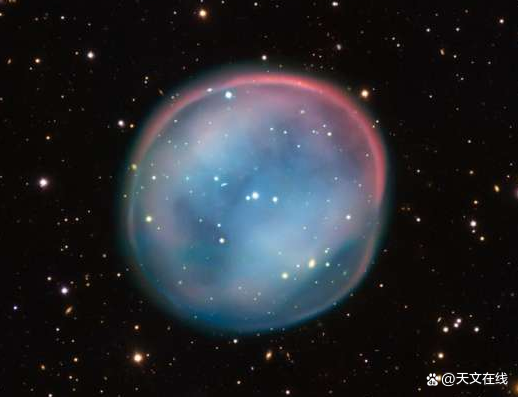
By: Elizabeth Howell
Fy: Gong Yudan
If there is related content infringement, please contact the author to delete after the work is released
Reprinted, please obtain authorization, and pay attention to maintaining integrity and indicating the source
- END -
When the creation of cultural and creative guards is ongoing | The Municipal Science and Technology Association and the Community held a mass meeting to solidly promote the work of creative and creative health

In order to further promote the work of creative and creative health, increase the...
Content operation | Eight strategies that get more comments

Edit Introduction: Making a good strategy is very important for content operations...